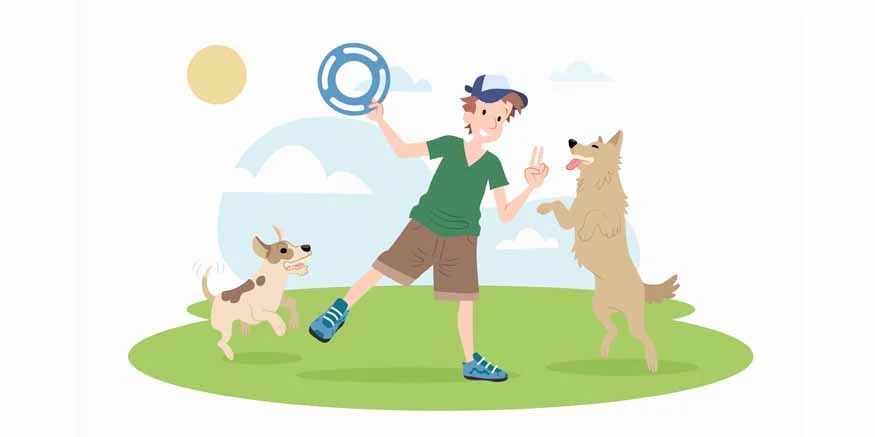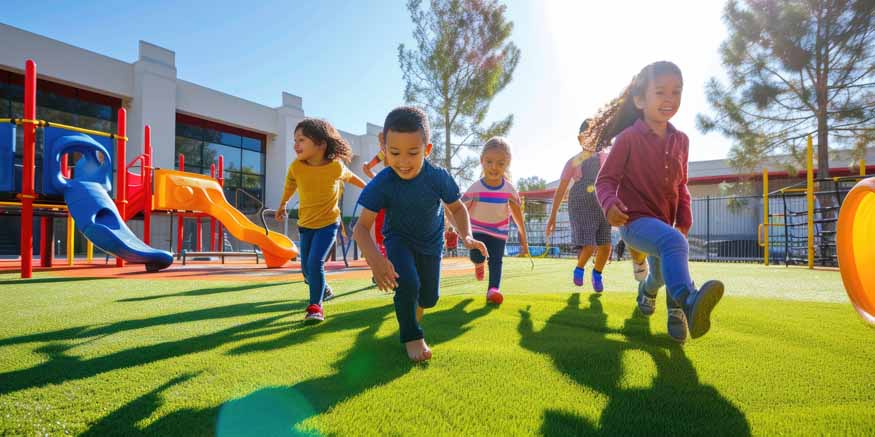Welcoming a new baby into your home is a joyful time, but for pet owners, especially those with dogs, it can be an adjustment. Taking the necessary measures and gradually introducing your dog to the newcomer can help ensure a smooth transition. Here are some ways to train your dog and help you successfully navigate this exciting adventure, from using dog training treats to essential training techniques.
Also read: 5 Books About Getting a New Pet
Plan Ahead: Dog Training Treats and Other Preparations
Before your newborn arrives, it’s important to prepare your dog for the impending changes. Using dog training treats as a form of positive reinforcement is one effective method to do this. Start by linking happy memories to the baby’s presence. Give your dog some delicious treats whenever they behave calmly or show curiosity without getting too excited. This helps to build a strong bond between your dog and the infant, rewarding good behavior.
In addition to dog training treats, gradually introduce your dog to baby-related sounds, such as recorded cries or toys. This helps acclimate them to the new noises they’ll encounter. Patience is key during this process; allow your dog to explore baby items under supervision, creating a sense of familiarity.
Employ Training Techniques: Essential Dog Training Tips
Training your dog is essential for a smooth transition when a newborn joins the household. Implementing dog training tips can prevent undesirable behaviors and foster a safe environment for both your dog and the baby. Consistency is crucial for enforcing boundaries and rules.
- Fundamental Instructions and Guidance
- Desensitization to Baby-Related Activities
- Establishing Safe Areas
Build a solid foundation by making sure your dog consistently complies with fundamental cues like “sit,” “stay,” and “down.” This not only establishes your leadership role but also becomes crucial in managing your dog’s behavior around the baby. Clear communication through basic commands reinforces your dog’s understanding of boundaries and fosters a harmonious environment.
Gradual exposure is key. In a calm and controlled manner, introduce your dog to baby-related tasks like changing diapers and giving bottles. This desensitization process helps your dog adjust to the new routines without experiencing tension or anxiety. Positive associations formed during these activities facilitate a smoother transition.
Dogs value their privacy just as much as people do. Assign particular spaces in your house where your dog can retreat when they need a break from the infant. These secure areas offer consolation and assurance, helping to foster a positive link with the infant and the changes taking place in the home.
When Dog Meets Baby: Controlled Introduction
The initial introduction between your dog and the baby is a crucial moment. It’s essential to approach this interaction with caution and careful planning. Here are key steps to ensure a positive introduction:
Also read: Best Dog Movies for Kids to Watch
- Controlled Environment for Introduction
- Reinforcement Through Positive Associations
- Constant Supervision for Safety
- Gradual Exposure and Desensitization
- Accept Your Dog’s Boundaries
Ensure the initial meeting between your dog and the baby occurs in a controlled environment. Keep your dog on a leash and allow them to approach the baby at their own pace, avoiding any forced interactions to minimize stress for both parties. This controlled setting promotes a measured and calm introduction.
Utilize positive reinforcement techniques to encourage desirable behavior from your dog around the baby. Reward calm and positive interactions with treats and praise, fostering a positive association between the baby’s presence and enjoyable experiences. Consistent reinforcement helps establish a harmonious relationship over time.
Maintain vigilant supervision during all interactions between your dog and the infant, regardless of initial smoothness. Continuous monitoring ensures both the baby’s and your dog’s safety, allowing for faster emergency response and greater overall security.
Starting with short, supervised interactions and working your way up to longer and closer encounters is the ideal strategy to introduce your dog to a baby. Progression in exposure and desensitization is the term for this technique. This slow introduction lessens the chance of nervousness or unfavorable reactions while allowing your dog to become used to the baby’s presence.
When interacting with the infant, pay attention to your dog’s boundaries and any indications of discomfort. If your dog shows signs of anxiety or unease, allow them to withdraw to a safe area. This ensures your dog feels secure and maintains a positive relationship with the infant.
Patience and Positive Reinforcement as Training Methods for Dogs
It takes time and positive reinforcement to teach your dog to get along with a newborn. Consider the following dog training tips:
- Reliable Timetable
- Affection and Care
Keep regular feeding, walking, and playing schedules. For dogs, predictability reduces stress and helps them feel safe during the transition.
Give your dog the one-on-one care and affection it deserves despite the additional responsibilities of raising a baby. This keeps them from feeling neglected and affirms their position within the family.
Foster a Positive Atmosphere: Playtime and Bonding
Playtime and family-bonding activities are crucial to preserving a happy environment in your home. This fosters a peaceful home environment and strengthens the bond between your dog and the infant.
Also read: Dog, Cat, and Other Animal Rescue Stories for Kids
- Joint Activities
- Maintain Routines
- Sincere Encouragement
Engage in activities that involve both your dog and the baby. This could include gentle petting sessions, playtime with interactive toys, or short walks together. These shared experiences foster positive associations.
While adjusting to the new routine with a baby, make an effort to maintain your dog’s established routines. Consistency provides a sense of stability and reduces stress.
Keep rewarding your dog for good conduct with the newborn by giving him treats and praise—positive reinforcement approaches. Over time, the desired behaviors are strengthened with consistent positive reinforcement.
Preparing your home for a new baby alongside a furry friend requires planning, consistent training, and positive reinforcement. Establishing a peaceful environment involves utilizing ways to train your dog and offering rewards. Patience, positive associations, and mutual support are essential for fostering a caring relationship between your dog and the newborn, ensuring harmony within the family.
Trust EuroSchool to expertly guide you through the journey of introducing a newborn into a household with a furry friend. Let us lead you through the exhilarating chapters of family expansion, nurturing love, and fostering understanding in every corner of your home.









